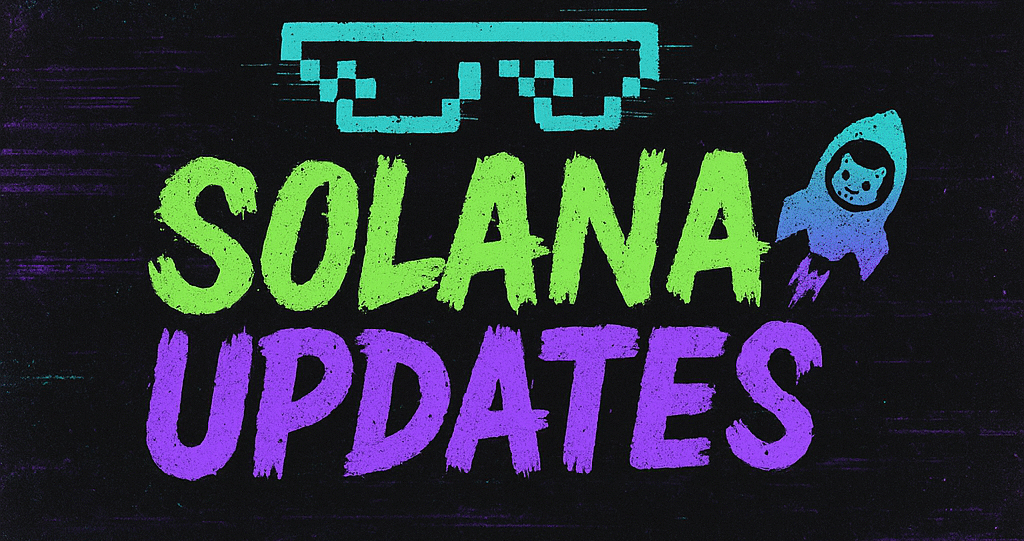The Road to $1 Million: Bitcoin’s Future and Its Implications
As the world watches the crypto markets with ever-increasing interest, one question looms large: what happens if Bitcoin reaches the $1 million milestone? This hypothetical scenario is not just a matter of speculation but a complex interplay of market dynamics, technological advancements, and socio-economic factors. Let’s delve into the potential drivers behind Bitcoin’s ascent to such astronomical heights, who stands to gain or lose, and what risks might threaten this digital gold’s future.
Driving Factors Behind Bitcoin’s Rise
The journey to $1 million per Bitcoin is fueled by several critical factors. Primarily, the increasing institutional adoption plays a pivotal role. Financial giants and corporations integrating Bitcoin into their balance sheets signify a growing trust in its value as a hedge against inflation and economic instability. Additionally, the ongoing development of blockchain technology enhances Bitcoin’s security and transaction efficiency, making it more attractive to investors.
Global economic conditions also contribute significantly. In regions experiencing hyperinflation or political instability, Bitcoin offers a decentralized alternative to traditional currencies. Furthermore, the scarcity of Bitcoin, capped at 21 million coins, creates a supply-demand dynamic that naturally drives its value upwards as more investors seek to secure their holdings.
Potential Winners and Losers
In a scenario where Bitcoin hits $1 million, several stakeholders stand to benefit. Early adopters and investors who held onto their Bitcoin through volatile periods will likely see substantial financial gains. Additionally, blockchain developers and companies offering related services could experience a surge in demand, further fueling innovation and economic growth within the sector.
Conversely, not everyone will reap the rewards. Traditional financial institutions might face challenges as their conventional models are disrupted by decentralized finance (DeFi). Governments and regulatory bodies might also struggle to adapt to a financial landscape where Bitcoin reigns supreme, potentially losing control over monetary policies.
Risks and Challenges: The Quantum Threat
Despite the promising outlook, the path to $1 million is fraught with risks. One of the most significant threats comes from the realm of quantum computing. As quantum technology advances, it could theoretically break the cryptographic algorithms that underpin Bitcoin, compromising its security and integrity. Although the timeline for such developments remains uncertain, the crypto community is actively researching quantum-resistant solutions to safeguard Bitcoin’s future.
Regulatory hurdles also pose challenges. As Bitcoin’s value skyrockets, governments worldwide might implement stricter regulations to control its use and mitigate the risk of financial instability. Such measures could impact Bitcoin’s liquidity and acceptance, potentially slowing its climb to $1 million.
Conclusion
The possibility of Bitcoin reaching $1 million is not merely a financial aspiration but a reflection of broader technological and economic trends. While the path is laden with both opportunities and challenges, the crypto community’s resilience and adaptability will likely play a crucial role in navigating this uncharted territory. As we stand on the brink of a new financial era, the world watches with anticipation, ready to see how Bitcoin will shape the future.
🛒 Recommended Product: Check out top-rated crypto gear on Amazon


